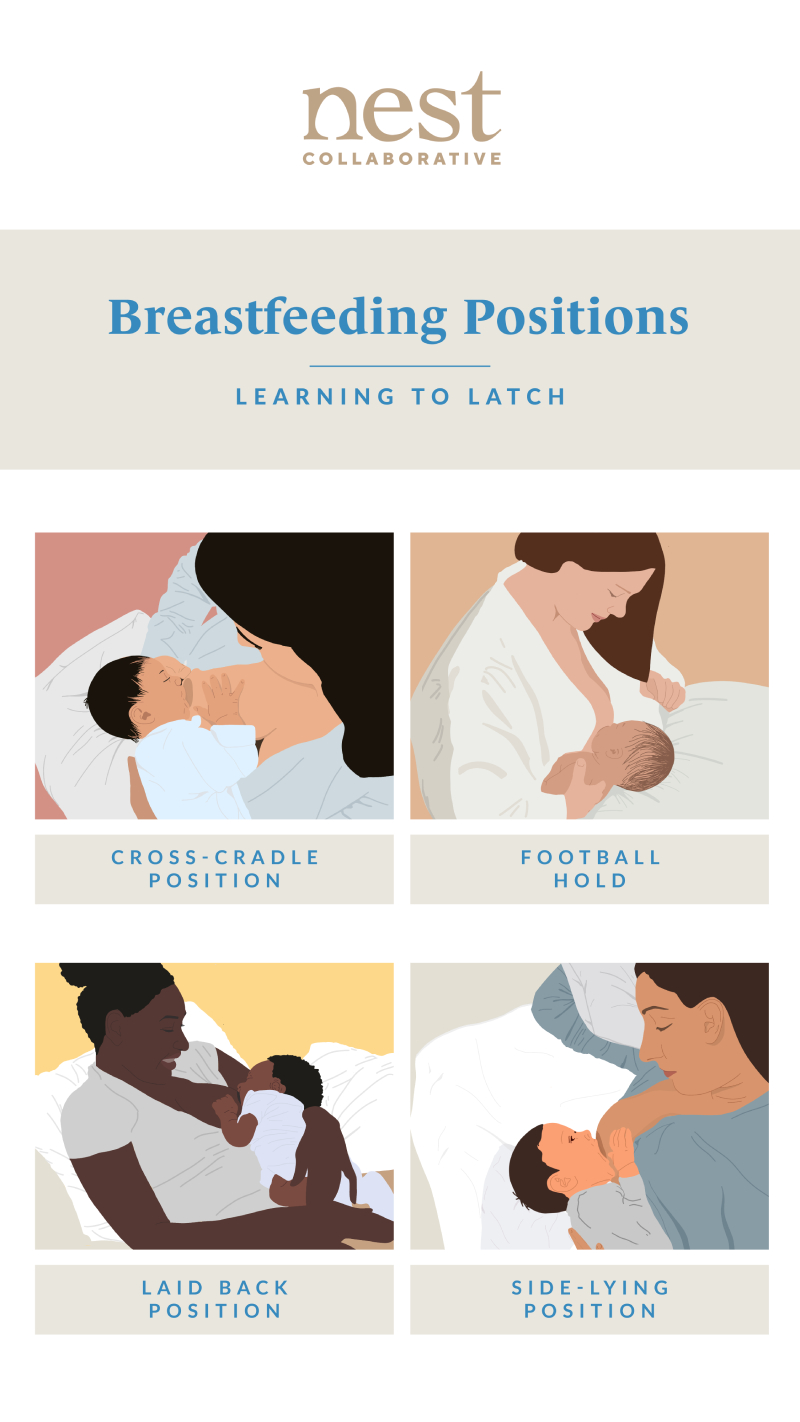
Part of parenting is being astounded by how quickly your little babies become your not-so-little babies. Even when your grade-schooler sprouts up like a beanstalk overnight and your high schooler starts looking at colleges, you’ll look back and wonder what exactly happened.
But though time will fly by in a heartbeat, the most rapid growth in your child’s life takes place in the first few months of life.
According to the Mayo Clinic, the average baby grows one-half inch to one inch every month in the first 6 months and gains 5 to 7 ounces every week in the first 6 months.
By the end of the first year, babies will double in length and triple in birth weight. Alongside that physical growth, they'll go from not being able to hold their head up to walking and talking. (Although, as we'll say many times in this article, every child grows at a pace that's unique to them.)
Growth during your baby’s first year takes place in spurts. Growth spurts is a phrase that gets thrown around casually in conversation, though. What does it mean for new parents? And what does it mean when you’re breastfeeding through a growth spurt?
Your baby is constantly growing, but some growth and development get packed into short, intense bursts. These bursts are called growth spurts. During these times, your baby literally packs on pounds and grows inches.
Most growth spurts happen most predictably in the first 6 months of your baby’s life, but they’ll occur throughout childhood. The most predictable growth spurts take place at the following ages:
Every baby is different, but growth spurts typically last 2-3 days. However, they can last up to a week.
Remember that when we said growth spurts were short but intense? Well, that intensity impacts both babies and parents.
When your baby goes through a growth spurt, there are some telltale signs. Those include:
For breastfeeding parents, this increased frequency in feeding comes in the form of cluster feeding. Cluster feeding is your baby’s way to boost your milk supply to get the calories and nutritional support needed to grow.
Babies already nurse frequently — anywhere from 8-12 times a day, and sometimes more. So it can feel tough when your baby starts wanting to nurse more frequently.
Remember, nursing during a growth spurt isn’t just about the calories — it’s also about the comfort. Growing is hard work, and nursing — and being close to you — soothes them.
Note that not all babies are fussy or clingy or sleep-resistant during a growth spurt. But that doesn’t mean that they don’t have them! In fact, you might be the one experiencing some of the symptoms of a growth spurt.
You may notice that:
Growth isn’t just physical for babies! It’s also cognitive and emotional. Babies are continually processing the world around them — and there is a lot to process, especially as their brain and motor skills develop.
Your baby’s development may take place in what are called “developmental leaps.” Developmental leaps are when your baby takes significant steps forward in learning new skills. These leaps can be sensory, social, or motor skills — and they can cause your baby to exhibit the same sort of behavior you see with growth spurts.
Growth — and growth spurts — happen. But with a few tweaks to your routine, as well as some best breastfeeding practices and self-care, you’ll be able to handle any bumps in the road.
Babies need the milk — and as long as they produce enough wet and dirty diapers and gain weight, there’s no need to assume that you need to supplement with formula to help their growth.
Why? Your baby’s increased nursing during a growth spurt will boost your supply. If you supplement with formula, though, you can risk disrupting the supply and demand of milk production, which will keep your body from making more milk to help your baby through growth spurts.
Your baby isn’t the only one who needs extra nutritional support for growth spurts. Breastfeeding burns a lot of calories, and during a growth spurt, you’re increasing your calorie burn even more.
There’s not a specific calorie number or quantity of fluids you should consume — just like every baby, each parent is unique. Eating a well-balanced diet and drinking to thirst should be enough to give you the milk-making energy you need.
When it comes to managing your baby’s moods — growth spurts or not — you can’t go wrong with a daily rhythm.
We say rhythm rather than routine because, frankly, babies can’t be scheduled. And while routines can be strict, rhythms are adaptable.
“Once you feel like you’re in a groove or a routine, your baby will have a milestone, growth spurt or developmental change and your routine is knocked out of whack,” says Nest Collaborative IBCLC, Lori Theisen.
You don’t need to plan down to the minute—nor should you try to! Having a predictable timeline of waking up, activities, nap times, and bedtime practices can help keep your baby from feeling (more) fussy and unsettled.
If you’re settling in for the long haul during a growth spurt, make it comfortable. That means finding breastfeeding positions that work for you. (You don’t want to be stuck nursing in a position that doesn’t feel good!)

A breastfeeding-favorite position for growth spurts? Lying down. It works especially well at nighttime for dream feeding. (Make sure you’re practicing safe sleeping habits with your little one!)
Breaks may seem few and far between when you’re in the thick of raising a baby, but we can’t emphasize enough that making time for even little breaks has a huge impact. Find quick ways to carve out time for JUST YOU.
This might seem like a no-brainer, but help is vital for new parents...and through all stages of babyhood. Support is critical for the early days of having a new baby, but it’s also important as your baby grows.
Before your baby hits a growth spurt, have a plan in place. Know which friends and family you can call on for relief after a sleepless night.
Talk with your partner BEFOREHAND about how you’ll work together to juggle sleep, childcare, feeding, and household responsibilities. Get familiar with your breast pump — if you aren’t already — and start a little freezer stash so you can take a break when you’re feeling touched out.
And if you’re feeling overwhelmed with your baby’s breastfeeding needs during a growth spurt? Working with an IBCLC can help identify challenges and come up with solutions to make sure your breastfeeding journey is successful...and less stressful.
Book a convenient online video appointment with a Nest Collaborative IBCLC today.
